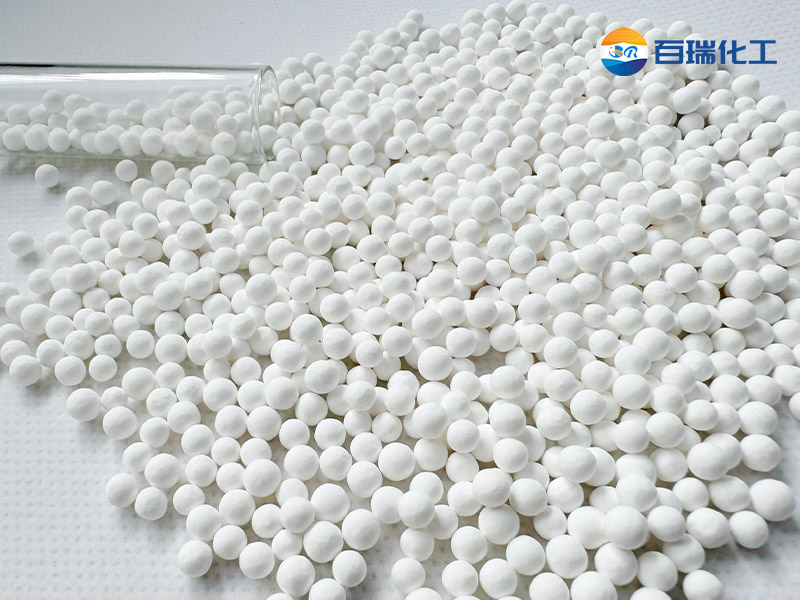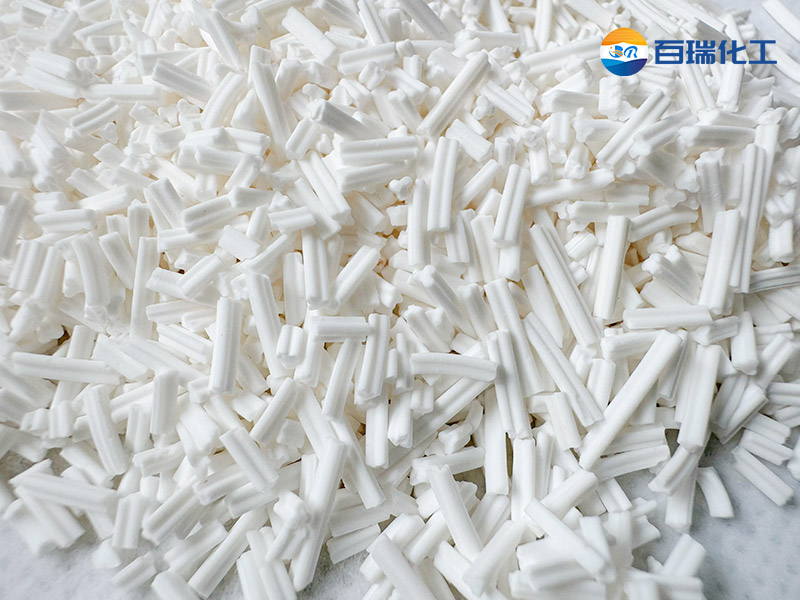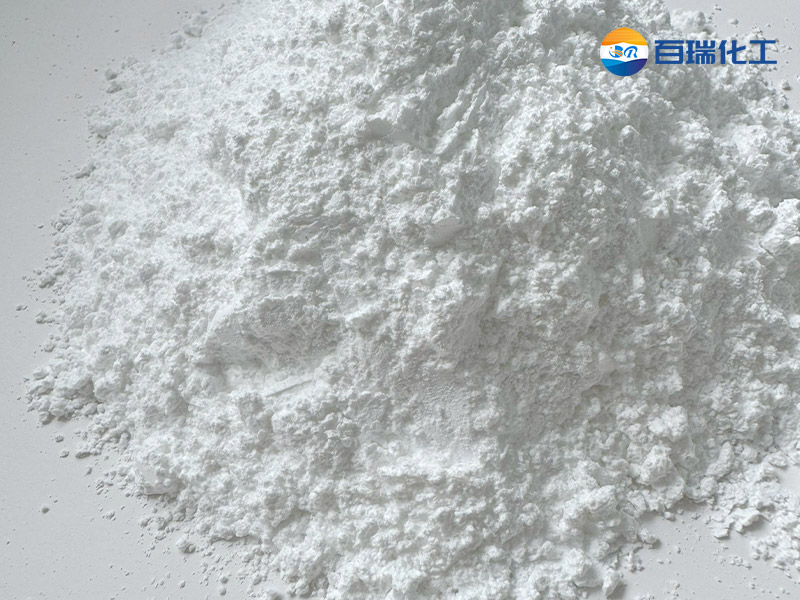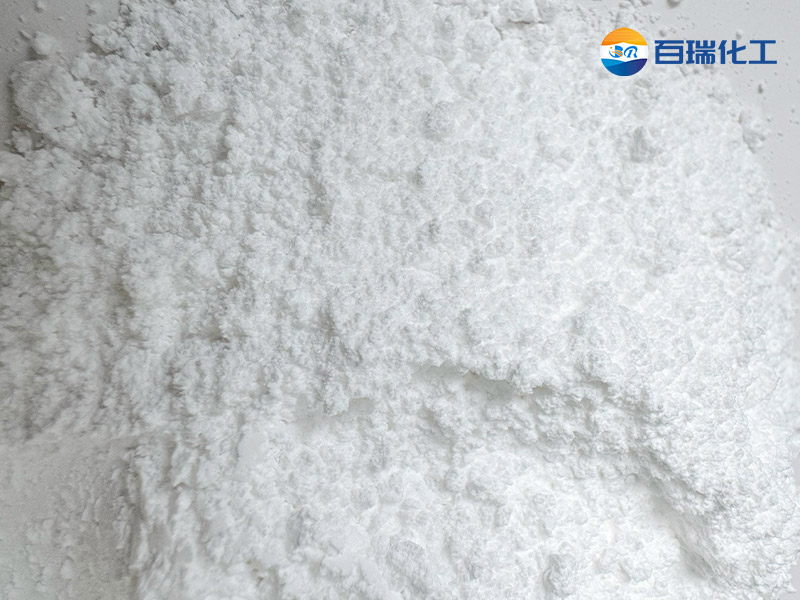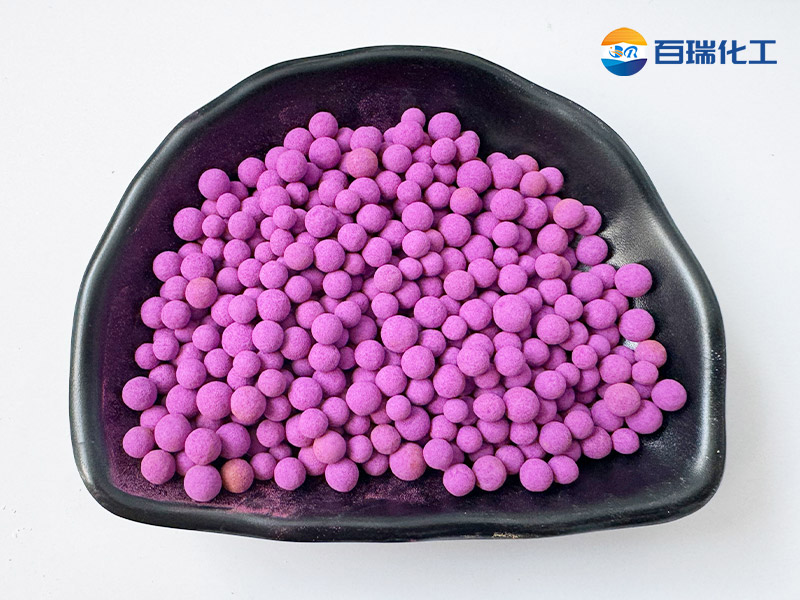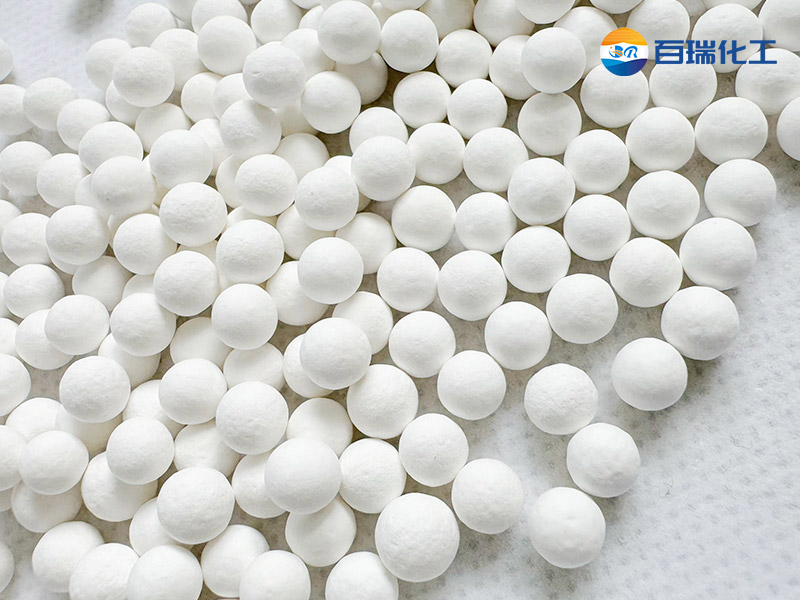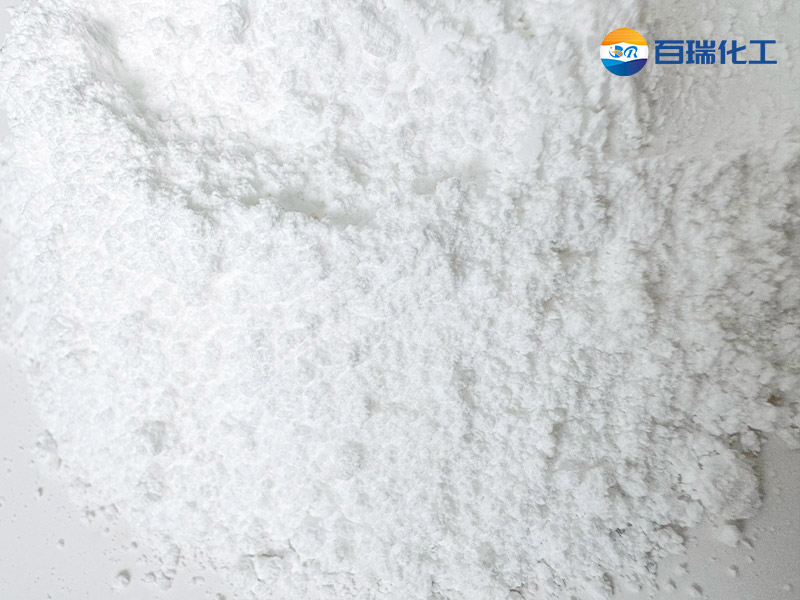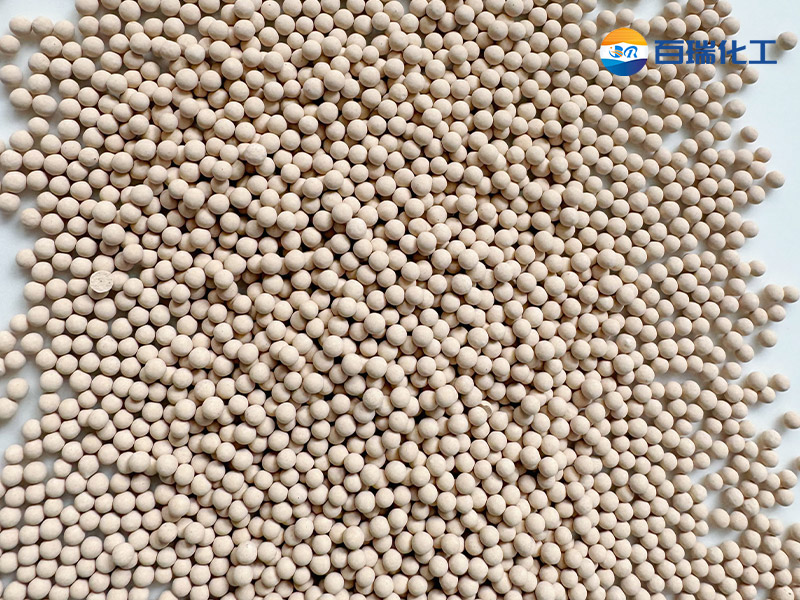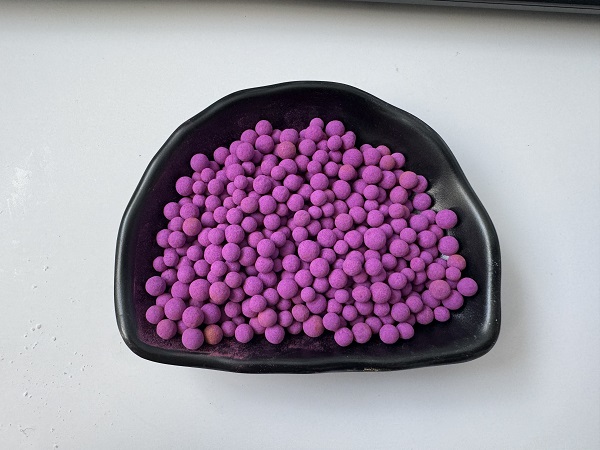In modern environmental pollution control, potassium permanganate alumina, as a highly efficient composite purification material, is widely used in air purification, water treatment, and industrial waste gas treatment due to its unique synergistic effect of oxidation and adsorption.
Purification Mechanism
The purification effect of potassium permanganate-alumina relies primarily on the strong oxidizing properties of potassium permanganate and the adsorption capacity of alumina. This combination effectively degrades a wide range of pollutants.
1. Oxidation of Potassium Permanganate
Potassium permanganate is a strong oxidizing agent that reacts directly with reducing pollutants, breaking them down into harmless or low-toxic substances. For example:
In air purification, it can oxidize volatile organic compounds (VOCs) such as formaldehyde and benzene, converting them into carbon dioxide and water.
In water treatment, it can degrade organic pollutants such as phenols and sulfides, while also removing some heavy metal ions.
It is also effective in removing odorous gases such as hydrogen sulfide and ammonia.
2. Adsorption and Catalytic Effects of Alumina
Alumina's porous structure allows it to adsorb pollutants in gases or liquids, increasing their contact efficiency with potassium permanganate. Furthermore, alumina acts as a carrier, preventing the rapid consumption of potassium permanganate and extending the material's service life. The synergistic effect of the two enables potassium permanganate aluminum oxide to not only quickly adsorb pollutants, but also completely decompose them through chemical reactions to avoid secondary release.
Application Areas
1. Air Purification
Potassium permanganate alumina is commonly used for indoor air purification, such as:
Removing harmful gases such as formaldehyde and benzene left behind after renovations.
Used in air conditioning filters, air purifiers, or deodorizers, it effectively eliminates odors such as smoke and mold.
2. Water Treatment
In wastewater treatment, this material can be used to:
Degrade organic pollutants such as pesticide residues and dye wastewater.
Remove odors and some heavy metals from water, improving water quality.
3. Industrial Waste Gas Treatment
In the chemical, printing and dyeing industries, and other industries, potassium permanganate alumina can be used to treat sulfur- and nitrogen-containing waste gases, reducing harmful gas emissions.
Advantages
High Efficiency and Broad Spectrum: Excellent removal performance for a wide range of pollutants.
Environmentally Friendly: Reaction products are mostly harmless and do not cause secondary pollution.
Strong Stability: The alumina loading slows the consumption of potassium permanganate.
Potassium permanganate alumina, with its highly efficient oxidation-adsorption synergy, exhibits broad application prospects in environmental pollution control. Despite certain limitations, through material optimization and technological advancements, it is expected to play a significant role in more areas in the future, providing new solutions for green environmental protection.


